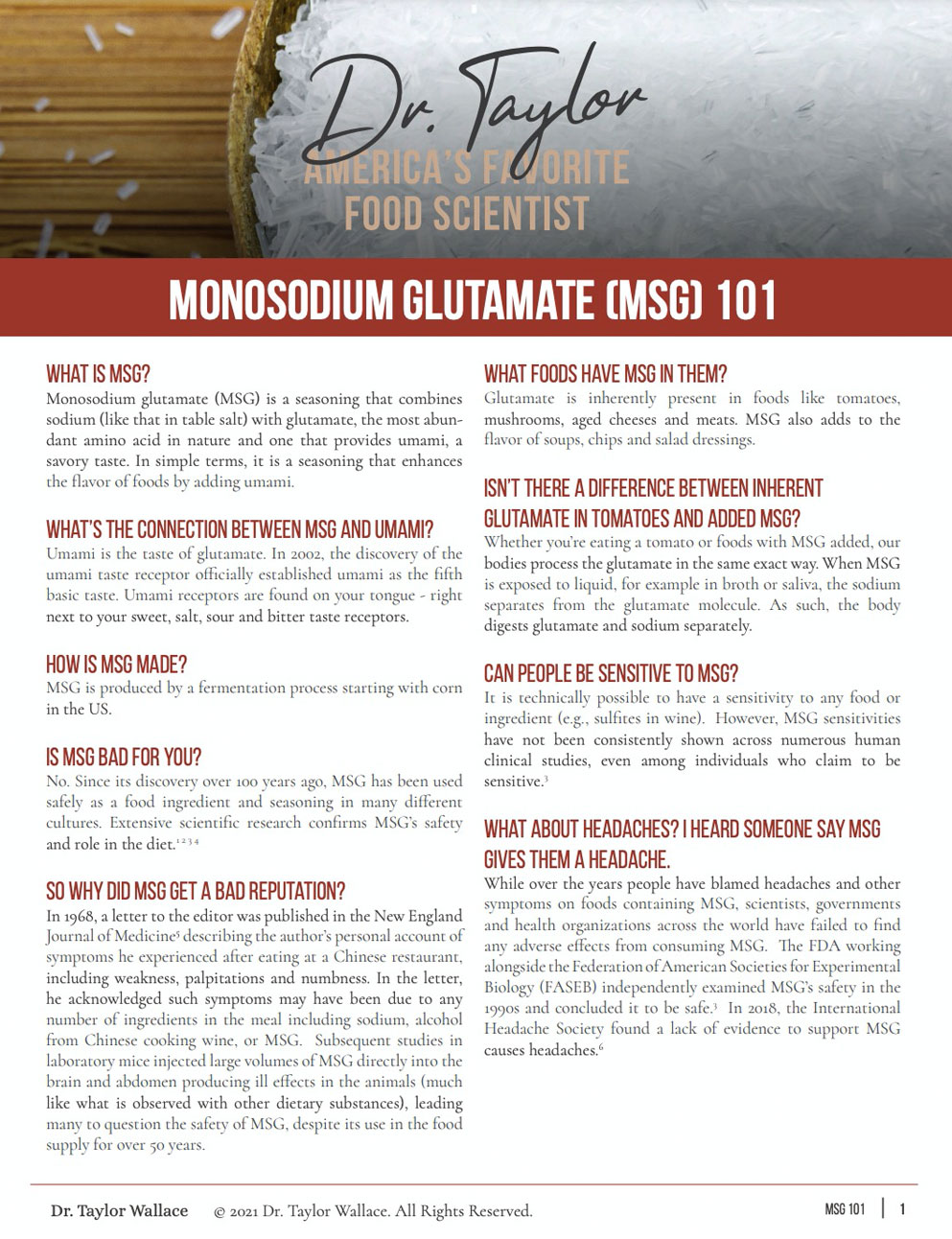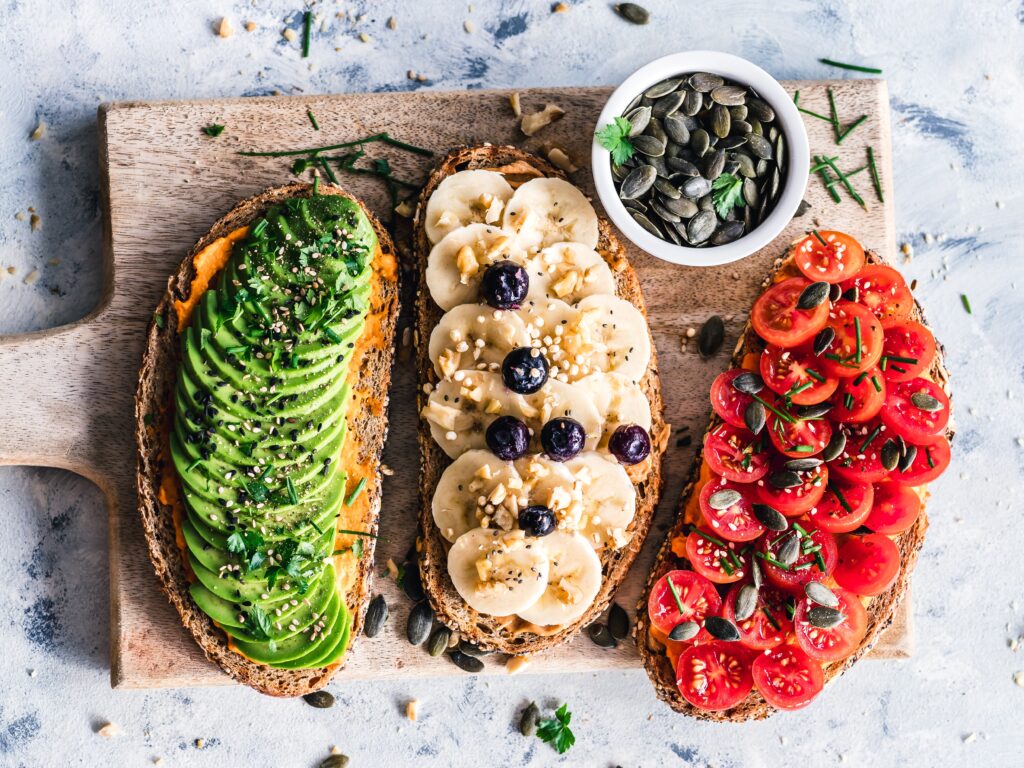Coloring the Truth About Artificial Colors in Food

- July 30, 2018
Artificial colors have important functions, are widely used in food products, and are generally poorly understood (even among health professionals) in terms of their chemistry, health impact and regulation. Approximately 42% of consumers agree that the absence of artificial colors in foods is very important to their conception of health. In response, companies such as Kraft and General Mills have removed many of these synthetic compounds from food products.
Can artificial colors really be harmful to human health? The majority of experts and the U.S. Food and Drug Administration (FDA) agree they are safe for consumption.
Regulation in the United States.
Artificial colors impart intense uniform color, are less expensive, and blend more easily to create a variety of hues as compared to naturally occurring colors. Currently, 9 artificial colors are approved by the FDA for use in the United States. The FDA permits both naturally occurring and artificial colors to be added to foods, but both must conform to rigorous safety standards before regulators list and approve them for use in foods. Food colors are not considered ingredients that are generally recognized as safe (GRAS), like flour, salt and baking soda. The safety of artificial colors is regulated under more rigorous premarket approval standards of the Color Additives Amendment of 1960 (click here).
Do Artificial Colors Affect the Brain and Behavior?
There’s two main things to understand about artificial colors. First, very small amounts (were talking parts-per-million) are used to color foods because they offer such an intense color. This means exposure to humans is minimal and unlikely to cause any health concern. Second, only tiny amounts of ingested artificial colors are absorbed from the human gut into the bloodstream. Once in the bloodstream, there is no evidence that artificial colors make it to the brain. The part of the brain known as the blood-brain-barrier is impermeable to many substances and thus prevents transport of bacteria, large molecules, and most small molecules into the brain. Many molecules, including most drugs that have a small molecular weight, cannot cross the blood-brain-barrier. Artificial colors are large, high molecular weight molecules and because of this likely do not influence disorders such as ADHD.
It is important not to generalize studies of non-oral intravenous injections of very large and often toxic amounts (remember– even water is toxic in large amounts) of artificial colors in rodents because it has virtually no connection to what happens after human consumption of artificial colors.
Credits.
This blog is a summary of a recent scientific review by Drs. Roger Clemens and Peter Pressman. Citation: Nutrition Today. 2018;53(4):169-173 (click here).
Tags: ADHD, artificial color, color, Color Additives Amendment, dye, FDA, Food and Drug Administration, lake
One thought on “Coloring the Truth About Artificial Colors in Food”
Leave a Reply
You must be logged in to post a comment.









I have worked with 100s of children who have ADHD, emotional, and behavior challenges for over 40 years in private practice, and have had private schools for them for 9 years. Although dyes don’t affect all children behaviorally and emotionally, there is no doubt that they affect kids who have a sensitivity to them dramatically. They can literally change right before your eyes.